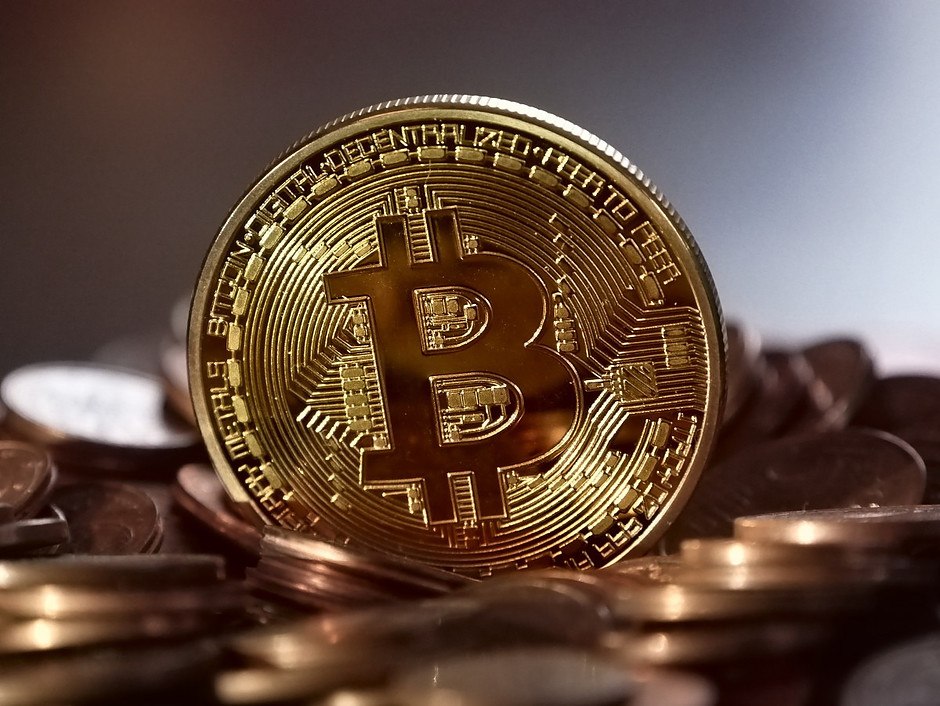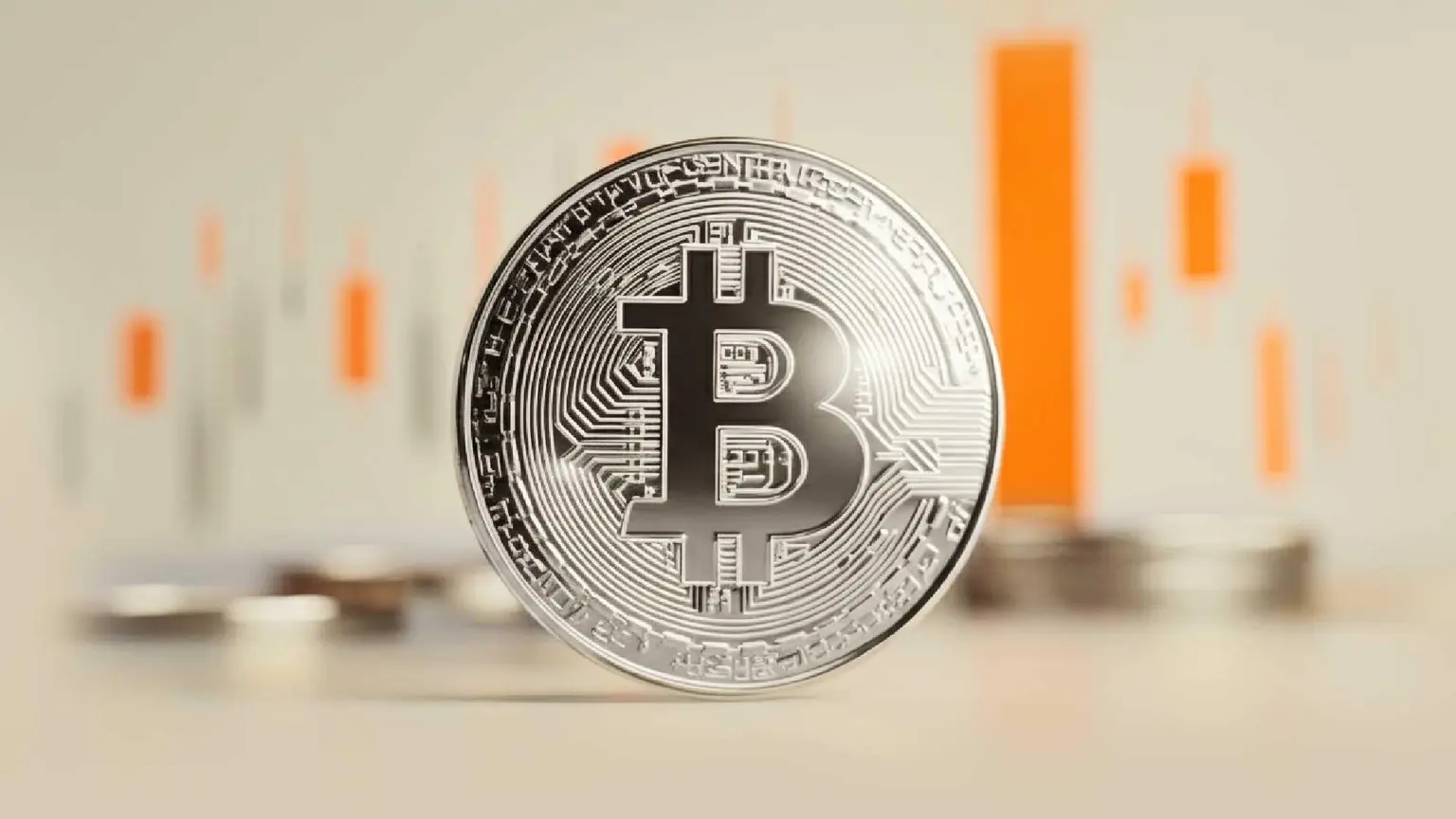A Fed governor compares digital currencies to parachute pants and Bitcoin to gold

The Fed's Vice Chair for Supervision comments on Central Bank Digital currencies. Let's tune into the debate.
Parachute Pants and Central Bank Money
Speaking for himself and not the Fed, the Vice Chair for Supervision, Randal K. Quarles, comments on Parachute Pants and Central Bank Money.
I have been reflecting recently, and in connection with this speech, on America's centuries-long enthusiasm for novelty.
Sometimes the consequences are in hindsight merely puzzling or embarrassing, like that year in the 1980s when millions of Americans suddenly started wearing parachute pants. But the consequences can also be more serious.
Which brings us to my topic today: central bank digital currencies, or CBDCs. In recent months, public interest in a "digital dollar" has reached fever pitch. A wide range of experts and commenters have suggested that the Federal Reserve should issue—and in fact may need to issue—a CBDC. But before we get carried away with the novelty, I think we need to subject the promises of a CBDC to a careful critical analysis.
Surprisingly Good Speech
Those snips are from the beginning of Quarles' speech. I found it surprisingly good from beginning to end, quite unusual for most of the Fed speeches I read.
Let's go over some key points.
What Do We Mean by "CBDC"?
The Bank for International Settlements has defined a CBDC as "a digital payment instrument, denominated in the national unit of account, that is a direct liability of the central bank."
Quarles notes that the "dollar is already highly digitized". The public sends and receives electronic balances in commercial bank accounts.
However, digital dollars currently are not a CBDC, because they are liabilities of commercial banks rather than the Federal Reserve.
Commercial banks are federally insured up to $250,000. In contrast, balances at the Fed would be fully guaranteed. Quarles discusses two ways this could happen.
Two Possible CBDC Forms
- One is an account-based model, in which the Federal Reserve would provide individual accounts directly to the general public. Like the accounts that the Federal Reserve currently provides to financial institutions, an accountholder would send and receive funds by debit or credit to their Federal Reserve account.
- A different CBDC model could involve a CBDC that is not maintained in Federal Reserve accounts. This form of CBDC would be closer to a digital equivalent of cash. Like cash, it would represent a claim against the Federal Reserve, but it could potentially be transferred from person to person (like a banknote) or through intermediaries.
Quarles expresses skepticism that the Federal Reserve has legal authority to pursue either of these CBDC models without legislation.
I concur, but also suggest that if the Fed asked, Congress would likely go along.
Three CBDC Benefits
The payment system is not perfect—some types of payments should move more quickly and efficiently. Payments across international borders, for example, remain a key area of concern because they often involve high costs, low speed, and insufficient transparency. The Financial Stability Board, an international group that I chair, produced a roadmap last year that is intended to address these concerns.
In addition, some types of payments have not fully digitized or are subject to ongoing contention between businesses with competing economic interests. For example, paper checks remain widely used for certain types of payments (although the interbank check collection process is now almost entirely electronic).
Finally, many more Americans could benefit from digital payments by increasing their use of banking services, which can be promoted by wider use of low-cost, basic bank accounts.
Four Alleged Policy Issues
- A Federal Reserve CBDC may be necessary to defend the critical role the U.S. dollar plays in the global economy.
- CBDC would overcome longstanding economic inequalities in American society.
- The Federal Reserve needs to develop a CBDC to defend the U.S. dollar against threats that would be posed by foreign CBDCs.
- The United States must develop a CBDC to compete with U.S. dollar stablecoins
Those four items are claims made by proponents of CBDCs not concerns of Quarles. Indeed Quarles knocks all four ideas.
In my judgment, we do not need to fear stablecoins. The Federal Reserve has traditionally supported responsible private-sector innovation. Consistent with this tradition, I believe that we must take strong account of the potential benefits of stablecoins, including the possibility that a U.S. dollar stablecoin might support the role of the dollar in the global economy.
If use of the stablecoin became widespread enough—create stability risk if it is invested in multiple currency denominations; if it is a fractional rather than full reserve; if the stablecoin holder does not have a clear claim on the underlying asset; or if the pool is invested in instruments other than the most liquid possible, principally central bank reserves and short-term sovereign bonds. All of these factors create "run risk" —the possibility that some triggering event could cause a large number of stablecoin holders to exchange their coins all at once for other assets and that the stablecoin system would not be able to meet such demands while maintaining a reasonably stable value.
Quarles Compares Bitcoin to Gold
Some commentators assert that the United States must develop a CBDC to counter the appeal of cryptocurrencies. This seems mistaken. The mechanisms used to create such cryptoassets' value also ensure that this value will be highly volatile—rather similar to the fluctuating value of gold, which, like bitcoin, draws a significant part of its value from its scarcity, and like bitcoin, does not play a significant role in today's payments or monetary system.
Unlike gold, however, which has industrial uses and aesthetic attributes quite apart from its vestigial financial role, bitcoin's principal additional attractions are its novelty and its anonymity. The anonymity will make it appropriately the target for increasingly comprehensive scrutiny from law enforcement and the novelty is a rapidly wasting asset.
Gold will always glitter, but novelty, by definition, fades. Bitcoin and its ilk will, accordingly, almost certainly remain a risky and speculative investment rather than a revolutionary means of payment, and they are therefore highly unlikely to affect the role of the U.S. dollar or require a response with a CBDC.
Quarles really shines with his statement "Gold will always glitter, but novelty, by definition, fades," emphasis mine.
Economic Inequalities
A second broad argument raised by proponents of CBDCs is that a Federal Reserve CBDC would improve access to digital payments for people who currently do not keep bank accounts because of their expense, a lack of trust in banks, or other reasons. This is a worthwhile goal. However, I believe we can promote financial inclusion more efficiently by taking steps to make cheap, basic commercial bank accounts more available to people for whom the current cost is burdensome, such as the Bank On accounts developed in collaboration between the Cities for Financial Empowerment Fund and many local coalitions.
Innovation
Last, some believe that a Federal Reserve CBDC would spur and facilitate private-sector innovation. This is an interesting issue that merits further study. I am puzzled, however, as to how a Federal Reserve CBDC could promote innovation in a way that a private-sector stablecoin or other new payment mechanism could not. It seems to me that there has been considerable private-sector innovation in the payments industry without a CBDC, and it is conceivable that a Fed CBDC, or even plans for one, might deter private-sector innovation by effectively "occupying the field."
Quarles has other issues. Let's go over them.
Other Issues
- A Federal Reserve CBDC could also present an appealing target for cyberattacks and other security threats. Bad actors might try to steal CBDC, compromise the CBDC network, or target non-public information about holders of CBDC. The architecture of a Federal Reserve CBDC would need to be extremely resistant to such threats—and would need to remain resistant as bad actors employ ever-more sophisticated methods and tactics.
- Critically, we also would need to ensure that a CBDC does not facilitate illicit activity. The Bank Secrecy Act currently requires that commercial banks take steps to guard against money laundering. Policymakers will need to consider whether a similar anti-money-laundering regime would be feasible for a Federal Reserve CBDC, but it may be challenging to design a CBDC that respects individuals' privacy while appropriately minimizing the risk of money laundering.
- At one extreme, we could design a CBDC that would require CBDC holders to provide the Federal Reserve detailed information about themselves and their transactions; this approach would minimize money-laundering risks but would raise significant privacy concerns. At the other extreme, we could design a CBDC that would allow parties to transact on a fully anonymized basis; this approach would address privacy concerns but would raise significant money-laundering risks.
- A final risk is that developing a Federal Reserve CBDC could be expensive and difficult for the Federal Reserve to manage. A Federal Reserve CBDC could, in essence, set up the Federal Reserve as a retail bank to the general public. That would mean introducing large-scale, resource-intensive central bank infrastructure. We will need to consider whether the potential use cases for a CBDC justify such costs and expansion of the Federal Reserve's responsibilities into unfamiliar activities, together with the risk of politicization of the Fed's mandate that would come with such an expansion.
Quarles vs Elizabeth Warren
On June 20, I asked Elizabeth Warren Supports Central Bank Cryptos. Should You Be Worried?
Elizabeth Warren
“Legitimate digital public money could help drive out bogus digital private money, while improving financial inclusion, efficiency, and the safety of our financial system — if that digital public money is well-designed and efficiently executed,” she said at a hearing on Wednesday, which she convened as chair of the Senate Banking Committee’s economic policy subcommittee.
Other senators highlighted the potential for central bank digital wallets to be used to deliver government aid more directly to people who don’t have bank accounts. A digital dollar could also be designed to have more high-tech benefits of some cryptocurrencies, like facilitating “smart contracts” where a transaction is completed once certain conditions are met.
Quarles attacks the ideas presented by Elizabeth Warren. Indeed, it appears he wrote his speech in direct response to Warren.
Warren's Real Goal
It is very refreshing to see a Fed Governor comment on privacy issues.
I am fearful of Warren's real goal: Wealth redistribution.
If bank accounts go away, poof, Congress can tax the middle class and the wealthy, take money out of their accounts, and immediately redistribute the funds as the Progressives see fit.
Once in place, governments or central banks will have the ability to monitor every financial transaction. Cash will disappear.
I seldom side with the Fed, but when it is the Fed vs Elizabeth Warren, the Progressive redistribution goals of the Warren are more immediate and more to be feared.
Irony of the Day
Note the irony of Quarles' concern on fractional reserve stablecoins when the US commercial banking system has no reserves at all.
I discussed this on March 27, 2020 in Fictional Reserve Lending Is the New Official Policy
"Official policy finally caught up with reality. Reserves are fictional." Click on the link for details.
Author

Mike “Mish” Shedlock's
Sitka Pacific Capital Management,Llc







